Mexico has a robust system of air connectivity serving its diverse topography, geographical diversity, and off-beat routes with limited options to travel via road. Airports in Mexico City are built both in international and regional capacity to accommodate the tourism, trade, and commercial activity of the city. The aviation hubs in Mexico City are sprawling with the latest infrastructure and technology. Over the decades, the airports have ceaselessly handled millions of passengers and earned the reputation of being the busiest metropolitan aviation hubs in Latin America.
3 Major Airports In Mexico City
Take a look at some of the busiest aviation hubs in Mexico City that are responsible for facilitating smooth travel by air.
1. Mexico City International Airport Benito Juárez

Photo: ProtoplasmaKid / Wikimedia Commons
Officially known as Benito Juárez International Airport, Mexico Airport is in the eastern part and about 10 kilometres away from downtown. The airport was named after President Benito Juárez. The airport experiences most of the passenger hustle-bustle in the entire Latin America, and it has two passenger terminals. It has one dedicated cargo terminal. Presently, over 25 airlines operate via this airport, connecting to more than 100 domestic and international destinations. About 48 million passengers are handled on an annual basis.
Location: Peñón de los Baños
IATA Code: MEX
2. Felipe Ángeles International Airport, NLU/MMSM
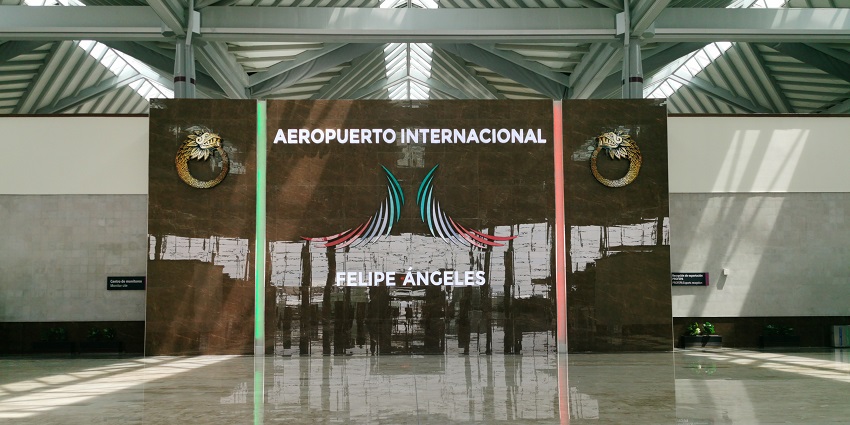
Photo: ProtoplasmaKid / Wikimedia Commons
The airport is famously named after the Mexican revolutionary General Felipe Ángeles and was opened for commercial use in 2022. NLU was officially inaugurated as Santa Lucía Air Force Base but was later converted into a civilian airport. The airport has two runways for civilians and one reserved for military purposes. One of the airports in Mexico to have an integrated self-service kiosk, NLU, also has 20 drop-off counters. The construction of this airport was pivotal in alleviating congestion and infrastructural challenges at Mexico Airport owing to high passenger footfall.
Location: Zumpango
IATA Code: NLU
3. Atizapán National Airport

Photo: Appenzell9050 / Pixabay / Image For Representation Only
Atizapán Airport is named after Jorge Jiménez Cantú, a renowned Mexican politician and physician. The airport lies about 25 km northwest of Mexico City and has the longest runway, measuring 4,265 feet. Presently, the airport operates under visual flight rules (VFR) with landing permits required for certain flight types. Many charter flights and private aviation services operate from here since AZP is a general aviation hub. The airport was originally named Jorge Jiménez Cantú National Airport and features a single asphalt runway.
Location: Atizapán de Zaragoza Municipality
IATA Code: AZP
Places To Visit In Mexico City
These places are suitable to the interests and curiosity of all ages and people belonging to different walks of life.
1. Chapultepec Park
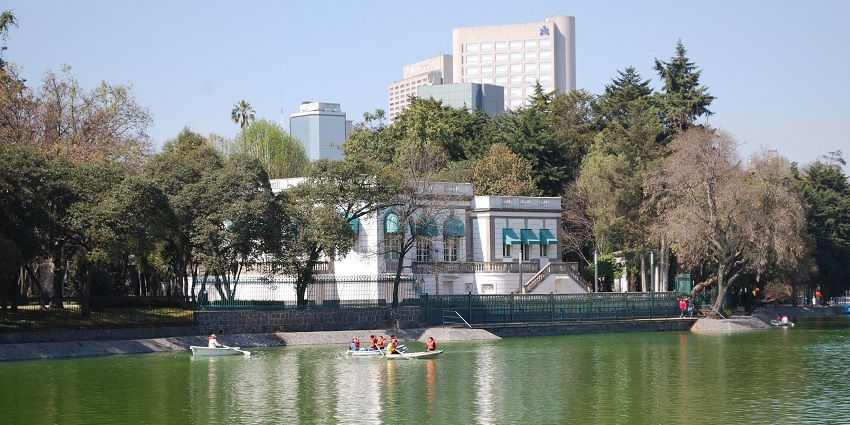
Photo: Thelmadatter / Wikimedia Commons
Chapultepec Park is a sprawling urban park, the largest and most beautiful in the Western Hemisphere. The park is a valuable piece of ancient history that chronicles the Aztec civilisation. Being close to the airports in Mexico, the park has long held a charisma among tourists, locals, and researchers. One of the interesting things to see at the park is the Baths of Moctezuma, a complex reservoir of tanks, canals, and waterfalls constructed by the Aztecs. While here, you may also check out the museums inside the premises.
Location: Miguel Hidalgo neighborhood
Timings: 5 AM – 6 PM
2. Palacio De Bellas Artes
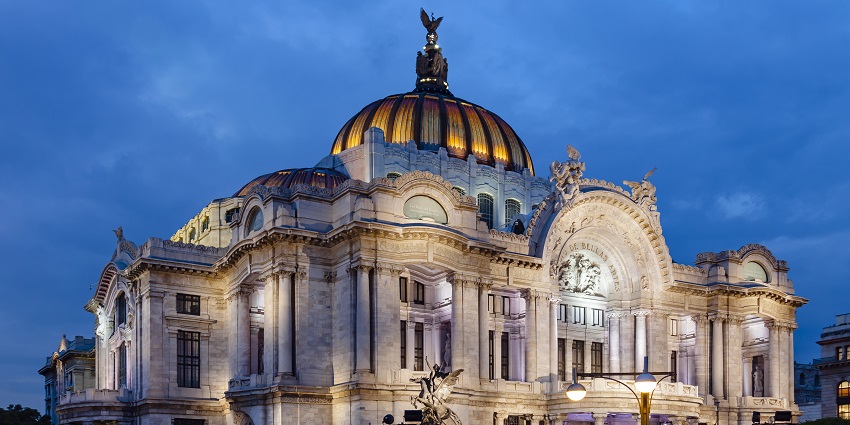
Photo: Daniel Case / Wikimedia Commons
The Palace of Fine Arts is a prominent cultural centre in Mexico. It regularly hosts performing art events, exhibitions, and literary discussions. Its architecture is a blend of Neoclassical and Art Nouveau. The design and construction were overseen by Italian architect Adamo Boari and took decades to complete due to political turmoil. Many artworks of notable artists, such as Diego Rivera, David Alfaro Siqueiros, and José Clemente Orozco, are exhibited here. Being close to the airports in Mexico City, the theatre and other art products witness quite a bustling crowd.
Location: Av. Juárez S/N, Centro Histórico, Cuauhtémoc
Timings: 10 AM – 5 PM
3. Alameda Central
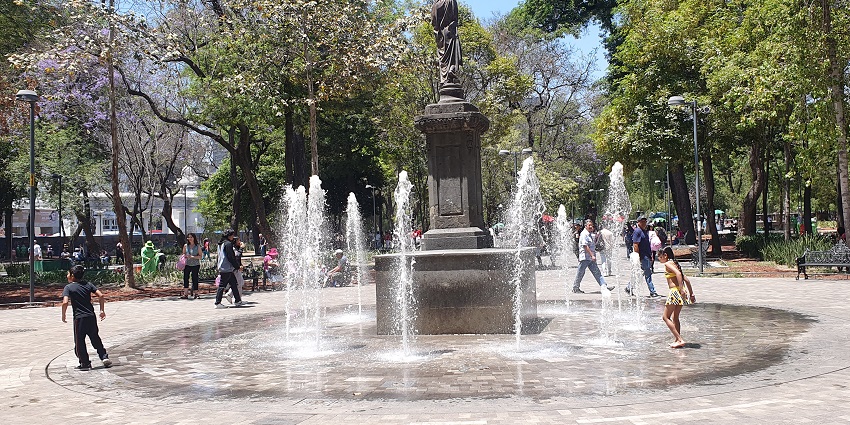
Photo: José Luiz / Wikimedia Commons
The public park in Mexico City is replete with great historical significance. This public park was founded in 1592 by Viceroy Luis de Velasco II, which makes it the oldest one. Alameda Central is close to Palacio de Bellas Artes and hosts public art installations. Many renovation projects have been implemented at the park. During one such project, the park was innovated with a European-styled landscape featuring fountains and quaint statues. Many art performances and cultural events are hosted inside the premises.
Location: Cuauhtémoc borough
4. Zumpango
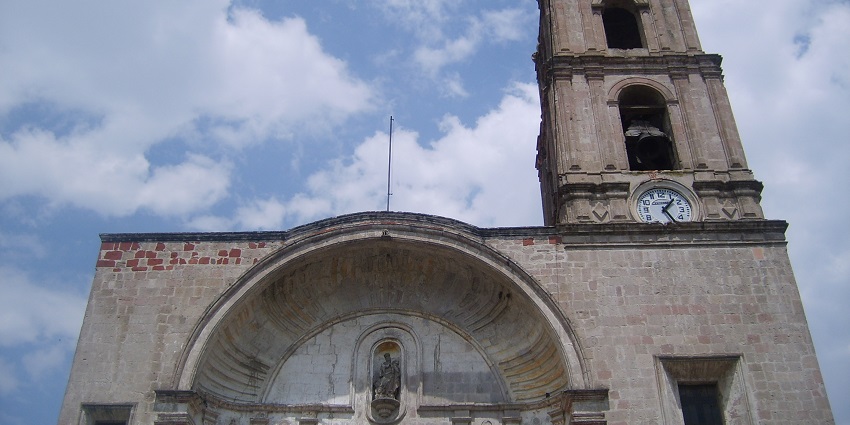
Photo: Marrovi / Wikimedia Commons
Zumpango is a municipality in the northeastern part of Mexico and offers a scenic glimpse into authentic Mexican culture. The region has a picturesque lagoon, lush flora and fauna, historic monuments, and local markets where artisans sell handcrafted products. Esferas Zumpango is an art gallery that does not require any ticket fee. The market hosts many eateries serving Mexican cuisine, such as tacos, Huevos a la Mexicana, and enchiladas, to the tourists before they head to the airports in Mexico City.
Location: Region XVI
Timings: Daylight hours
5. Toluca Cathedral
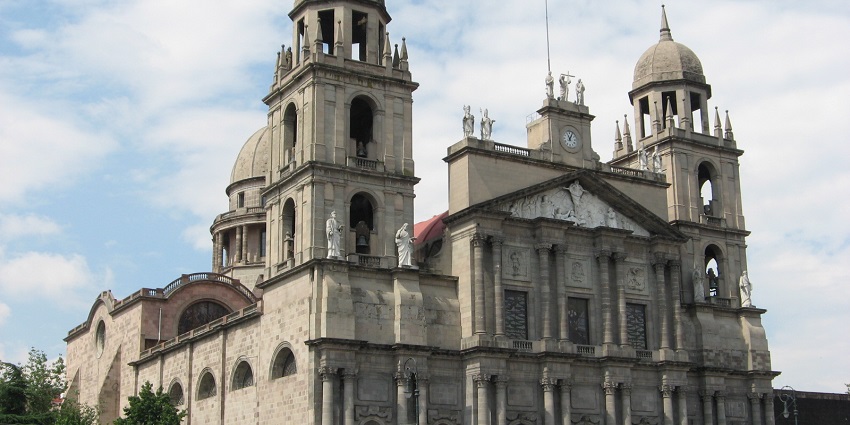
Photo: Jose Antonio Rovira Puig / Wikimedia Commons
Toluca Cathedral is an impeccable example of Neoclassical style and features stunning columns, arches, chapels, statues, and domes. It was formally called the Cathedral of Saint Joseph of Nazareth, and its construction began in 1867. Inside, stained glass windows and intricately designed altars adorn the space. The facade has images of Saint Thomas, Saint James, and Saint John. This place is a popular tourist hub for its distinct beauty, which makes it a significant cultural landmark. The tabernacle facade is a brilliant integration into the cathedral’s design.
Location: Avenida Independencia
Timings: 7 AM – 7 PM
6. Nevado De Toluca National Park
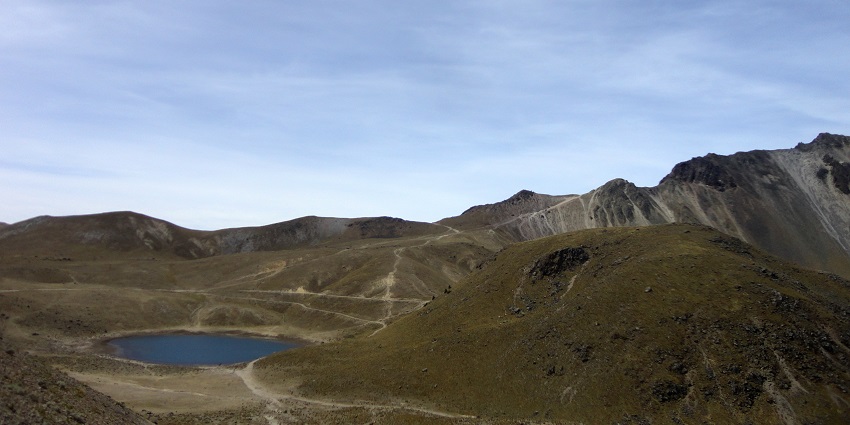
Photo: Juan Carlos Fonseca Mata / Wikimedia Commons
The park spans 51,000 hectares, covering about 12 municipalities. The key allure is Nevado de Toluca volcano, which is the fourth-highest volcano in Mexico. Toluca National Park encompasses this massive volcano. The park is a visual retreat with its diverse flora of fir, pine, alpine meadows, lakes, and grasslands. Quite a few adventure activities are also available here: hiking, horseback riding, and skiing. Overall, the natural beauty and cultural significance of this park make it a surreal place to visit.
Location: Toluca
Timings: 6 AM – 6 PM
7. Naucalpan
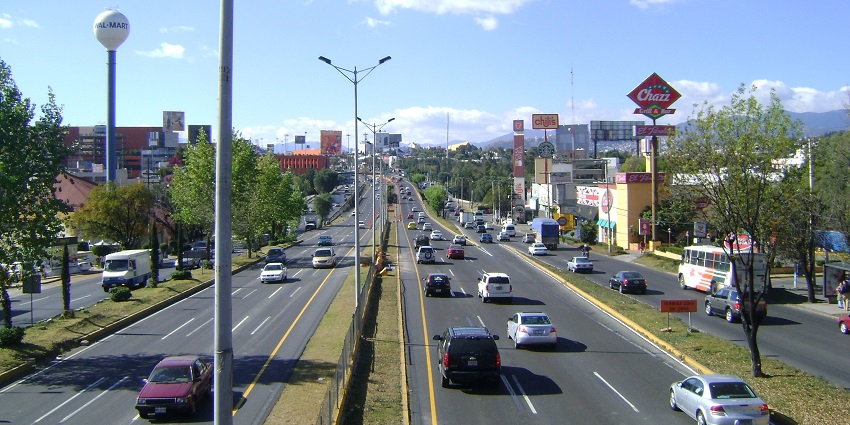
Photo: Marrovi / Wikimedia Commons
A municipality near Mexico City, Naucalpan offers a unique infusion of entertainment, nature basking, outdoor activities, and gastronomical delights. It hosts many sites of major historical and religious importance. The region has two major natural parks– Los Remedios National Park and Naucalli Park. It is also an ideal shopping destination before heading to the airports in Mexico City. The architecture of Naucalpan is stunningly charming and was designed by Javier Senosiain. Ideally, spring is the best window for a pleasant tour in the municipality area.
Location: Northwest of Mexico City
Where To Stay
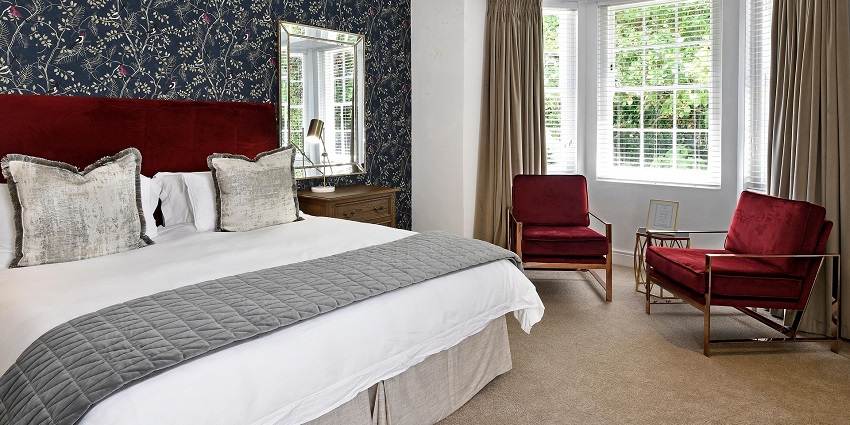
Photo: peterweideman / Pixabay / Image For Representation Only
The comfortable lodging options near the airports in Mexico City include both luxury and budget stays. Benito Juárez International Airport has many well-furnished options nearby. Courtyard Mexico City Airport has tech-powered rooms, dedicated event spaces, currency exchange services, restaurants and bars, and fitness centres. It is about 2 mins from the airport and a highly-preferred accommodation option by tourists. Quite a few resorts are also available, such as Grand Hyatt Playa del Carmen Resort and Grand Hyatt Playa del Carmen Resort Resort, that offer top-notch clean and professional services with fine-dining options.
Where To Eat
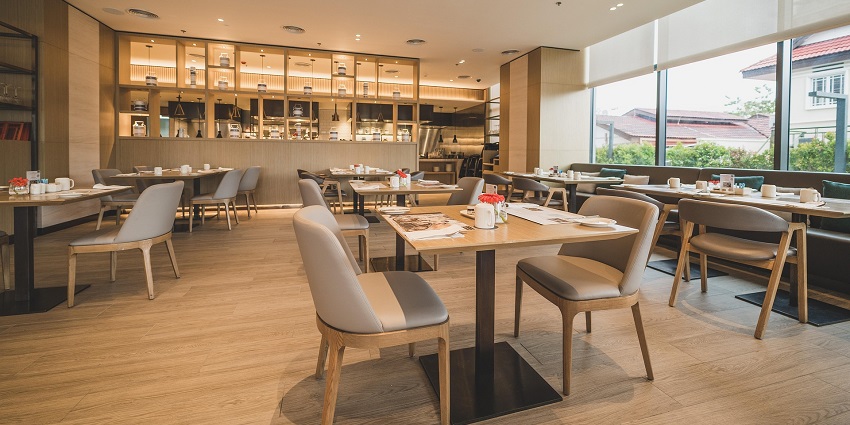
Photo: tianya1223 / Pixabay / Image For Representation Only
Some of the most treasured and top-rated options to eat at while in one of the airports of Mexico City is Tenedor del Cielo in Terminal 2 of Mexico International Airport, which serves traditional dishes like pozole rojo, chiles rellenos, salmon bowls, and Espagueti con Salsa Pomodoro. Felipe Angeles Airport has El Fogoncito, serving delightful gringas and local dishes. While at Atizapán National Airport, Hikari Esmeralda, Italimo, and María Curandera are some of the finest choices. The cafes and restaurants serve Mexican, traditional Mexican, and fast-food options.
Other Factors To Consider
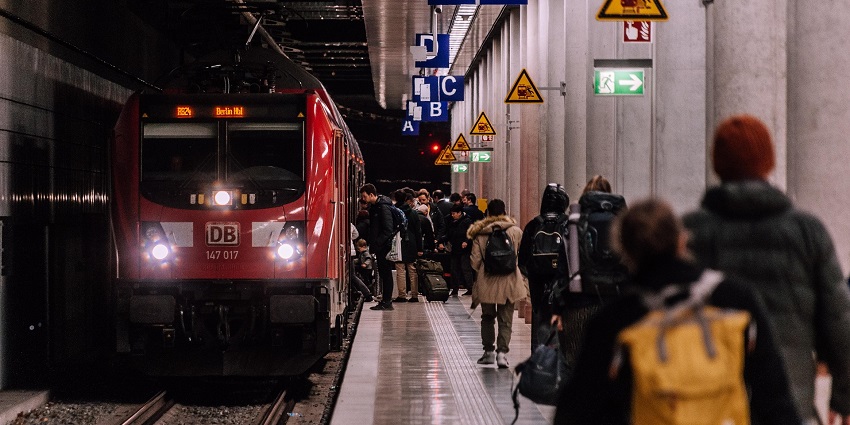
Photo: wal_172619 / Pixabay / Image For Representation Only
- Make early bookings to avoid last-minute exorbitant prices.
- Peak seasons may cost extra, so plan with a higher budget.
- Check the climatic conditions to pack appropriately, wear light, breathable clothes during hotter months. Layer clothing and consider space heaters during cooler months.
- Know the visa requirements to avoid paperwork issues at the airport or embassy.
- Register with your country’s travel advisory for important updates.
- For long-distance travel, it’s generally safe to pack food and bottled water.
The vibrant and historical metropolis of Mexico City provides an unforgettable experience. Mexico City offers a vivid panorama of thrilling experiences. For tourists, the easy accessibility of public and private transport is a bonus point. Here, tourists are immersed in the cultural richness, history, quaint neighbourhoods, culinary delights, and vast wildlife. Have TripXL as your travel partner and experience the most sterling Mexico.
Cover Photo: wal_172619 / Pixabay / Image For Representation Only


 WhatsApp
WhatsApp
 Twitter
Twitter









